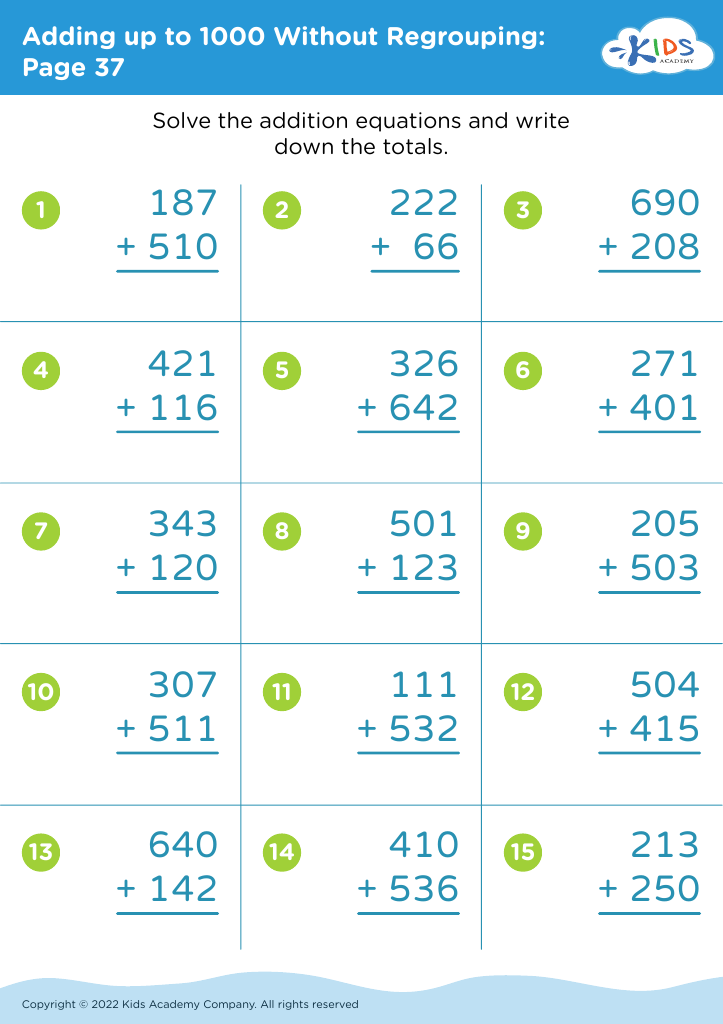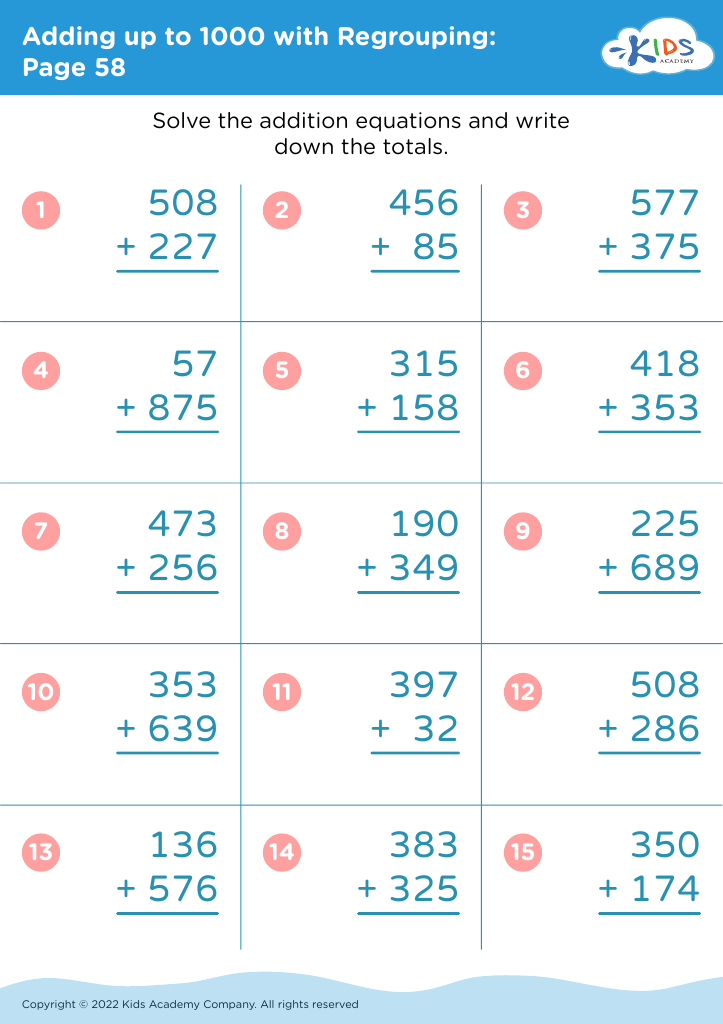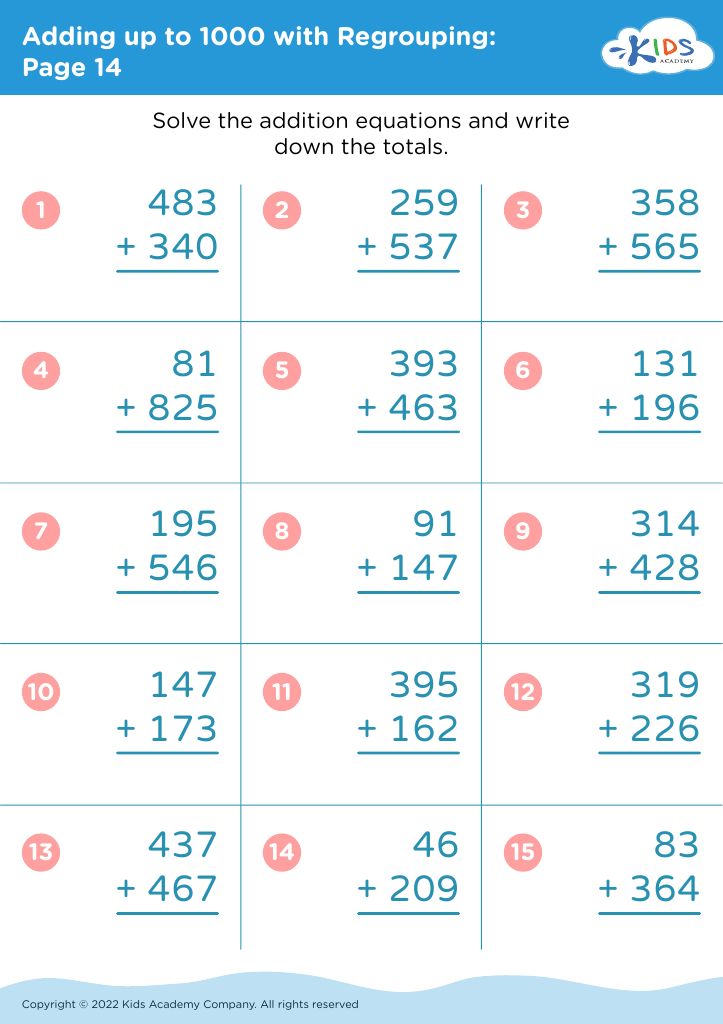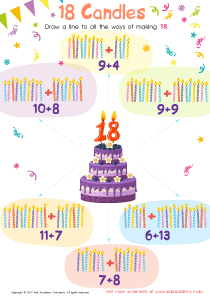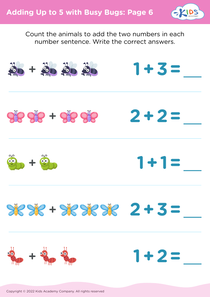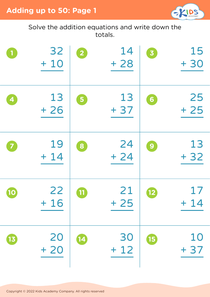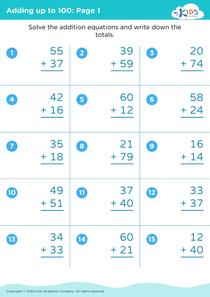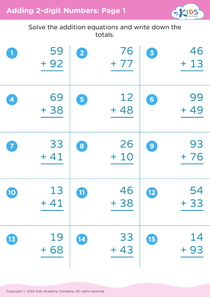Color Identification Adding up to 1000 Worksheets for Ages 7-8
6 filtered results
-
From - To
Discover our engaging "Color Identification Adding up to 1000 Worksheets" designed for children aged 7-8! These fun and interactive worksheets help young learners master addition skills up to 1000 while encouraging color recognition and creativity. Each worksheet combines math practice with vibrant color activities, ensuring that students remain motivated and excited about learning. Perfect for homeschooling or classroom use, these resources promote hand-eye coordination and fine motor skills through coloring that reinforces the learning experience. Foster a love for math and art with this unique collection that support your child's educational journey. Download our worksheets today and watch their skills blossom!
Color identification is a fundamental skill that extends beyond simply naming hues. For children aged 7-8, mastering color recognition fosters creativity, enhances language development, and boosts cognitive skills. Understanding colors helps them express themselves and make connections in their environment, stimulating imaginative play and artistic expression.
Moreover, color identification plays a crucial role in foundational mathematics. As children learn to "add up to 1000", they engage in problem-solving and critical thinking. Associating colors with numerical concepts makes learning more engaging and accessible, paving the way for a stronger grasp of math skills.
Additionally, recognizing colors aids in developing organizational skills. When children categorize objects by color, it promotes grouping and classification, key components of early STEM education. This skill influences their ability to sort, compare, and analyze information.
For parents and teachers, emphasizing color identification and linking it to math reinforces the importance of a multi-disciplinary approach to learning. It nurtures children's curiosity and encourages exploration, making education a more holistic experience. By valuing these skills, adults can support a child's overall development, preparing them for future academic and social success. In today’s visually-driven world, color literacy is a skill that benefits children in countless ways.


